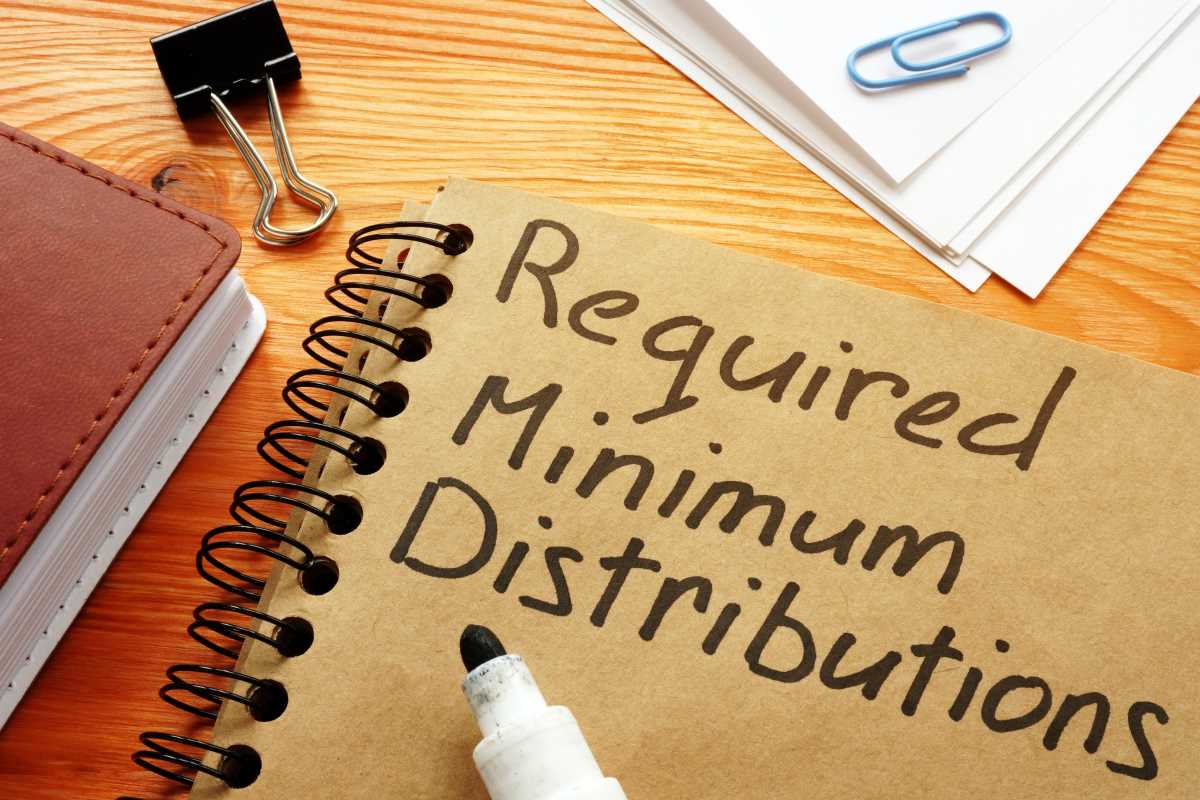Thinking about retirement can sometimes feel like planning a mission to Mars. It’s a far-off destination, and the amount of fuel you’ll need to get there seems impossibly large. This can lead many people to simply avoid the topic altogether. However, just like a space mission, a successful retirement starts with a clear plan and a specific destination in mind. Setting realistic and achievable savings goals is the single most important step you can take toward a future filled with financial security and peace of mind. It transforms retirement from a vague, intimidating concept into a series of small, manageable steps you can start taking today.
Why Do You Need a Retirement Goal?
Imagine going on a road trip without a map or a destination. You would just be driving aimlessly, burning gas without getting anywhere specific. Saving for retirement without a goal is exactly the same. You might be putting money away, but you have no idea if it’s enough or if you’re even on the right track. A clear savings goal gives you a target to aim for. It tells you how much you need to save and helps you measure your progress along the way. This sense of direction is incredibly motivating and turns saving from a chore into a challenge you can win. It empowers you to make smarter financial decisions and gives you the confidence that you are building the future you desire.
How to Calculate Your Magic Number
The big question everyone asks is, "How much do I need to retire?" While there are many complex calculators out there, a simple rule of thumb can give you a good starting point. Many financial experts suggest you'll need about 80% of your pre-retirement income to maintain your lifestyle. So, if you earn $60,000 a year, you would aim for a retirement income of $48,000 per year. Another popular guideline is the 4% rule, which suggests you can safely withdraw 4% of your savings each year in retirement. To use this, multiply your desired annual income by 25. For an income of $48,000, you would need a nest egg of $1.2 million. Don't let that big number scare you; time is on your side.
Your Best Friend: Time and Compound Interest
The most powerful force in your retirement savings journey is compound interest. This is the process where your investment earnings start generating their own earnings, causing your money to grow at an accelerating rate. The more time your money has to work, the more powerful compounding becomes. A person who starts saving a small amount in their 20s can easily end up with more money than someone who saves a much larger amount starting in their 40s. This is why starting early is so critical. Every dollar you invest today is your most valuable dollar because it has the most time to grow and multiply.
Setting Short-Term and Long-Term Milestones
That big, final retirement number can be daunting. The best way to tackle it is to break it down into smaller, more manageable milestones. Instead of just focusing on the multi-million dollar goal decades away, set targets for the next one, five, and ten years. A great short-term goal might be to save enough to get your full employer 401k match. A medium-term goal could be to have one times your annual salary saved by age 30. These milestones act as checkpoints on your journey. Hitting them provides a sense of accomplishment and proves that your plan is working, which keeps you motivated to continue saving for the long haul.
Adjusting Your Goals as Life Happens
Your life is not a straight line, and your financial plan shouldn't be either. Life is full of changes—you might get married, have children, change careers, or get a big promotion. Whenever you experience a major life event, it’s a good time to review and adjust your retirement goals. If you get a raise, it's a perfect opportunity to increase your savings rate. If you have a child, you might need to recalibrate your budget. Your retirement plan should be a living document that evolves with you. Regularly checking in and making small adjustments ensures that you stay on course, no matter what twists and turns life throws your way.
A Simple Plan to Start Saving Today
Getting started is the most important step. First, if your employer offers a 401k with a match, sign up immediately and contribute at least enough to get the full match. This is free money and the best return on investment you will ever find. Next, open an Individual Retirement Account (IRA), either a Roth or a Traditional. Set up automatic contributions from your bank account every payday, even if you can only start with a small amount. Choose a simple, low-cost investment like a Target-Date Fund or an S&P 500 index fund. By automating your savings, you make it a consistent habit and put your financial future on a path to success.







